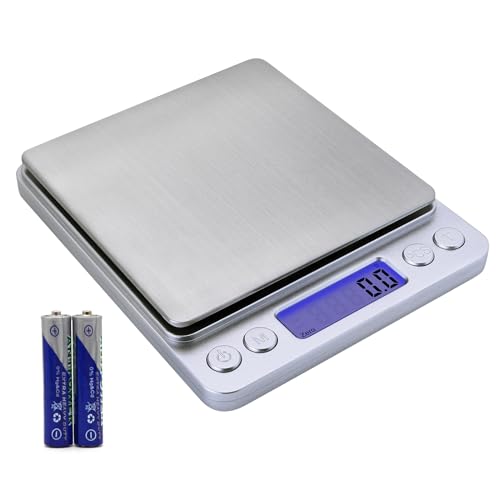Edible pomace OO (the lowest grade of OO I've ever seen to purchase) is allowed to have a higher % of unsaponifiable content and a higher % of free fatty acids compared with the better grades of OO.
The unsaponifiable content can be a little higher for the edible pomace grades, but the FFA standards are the same.
The lowest FFA levels are required for the refined grades.
Refined olive oil and
refined olive-pomace oil can have at most 0.3% FFA as oleic acid.
The grades that are blends of refined and virgin are allowed a higher FFA level.
Olive oil and
olive-pomace oil can have up to 1.0% FFA.
Extra-virgin olive oil can have up to 0.8%, slightly better than the blends but realistically more than the refined oils.
One might not guess, but the highest allowable FFA level is for
virgin olive oil, which can be up to 2.0%. Higher than that is deemed unfit for consumption and would have to be refined.
Names of official grades are underlined in an effort to make things clearer.
More geeking out. Some time ago I read and downloaded both the USDA and IOC standards. Very educational.
Also potentially confusing. I'm not sure our own suppliers always totally understand what they are selling or label it precisely. We often talk about pomace oil as a singular thing, but
olive-pomace oil,
refined olive-pomace oil and
crude olive-pomace oil are distinctly different things.
When we hear about pomace oil accelerating trace, only the inedible crude grade has an obvious reason for doing so, because the FFA level can be very high. I don't know if that's the explanation, but it makes sense.











































